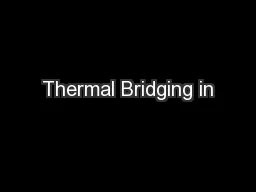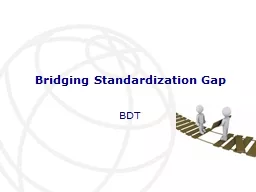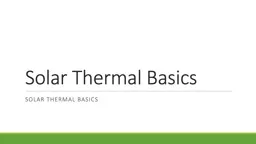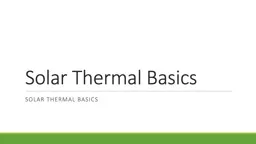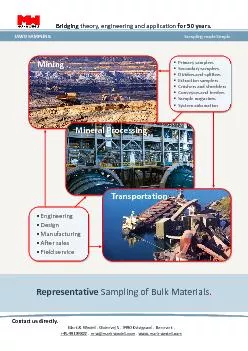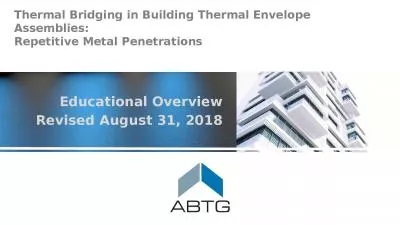PPT-Thermal Bridging in
Author : tawny-fly | Published Date : 2017-03-20
Building Thermal Envelope Assemblies Repetitive Metal Penetrations Educational Overview Revised 262017 Introduction Thermal bridging is caused by highly conductive
Presentation Embed Code
Download Presentation
Download Presentation The PPT/PDF document "Thermal Bridging in" is the property of its rightful owner. Permission is granted to download and print the materials on this website for personal, non-commercial use only, and to display it on your personal computer provided you do not modify the materials and that you retain all copyright notices contained in the materials. By downloading content from our website, you accept the terms of this agreement.
Thermal Bridging in: Transcript
Download Rules Of Document
"Thermal Bridging in"The content belongs to its owner. You may download and print it for personal use, without modification, and keep all copyright notices. By downloading, you agree to these terms.
Related Documents

